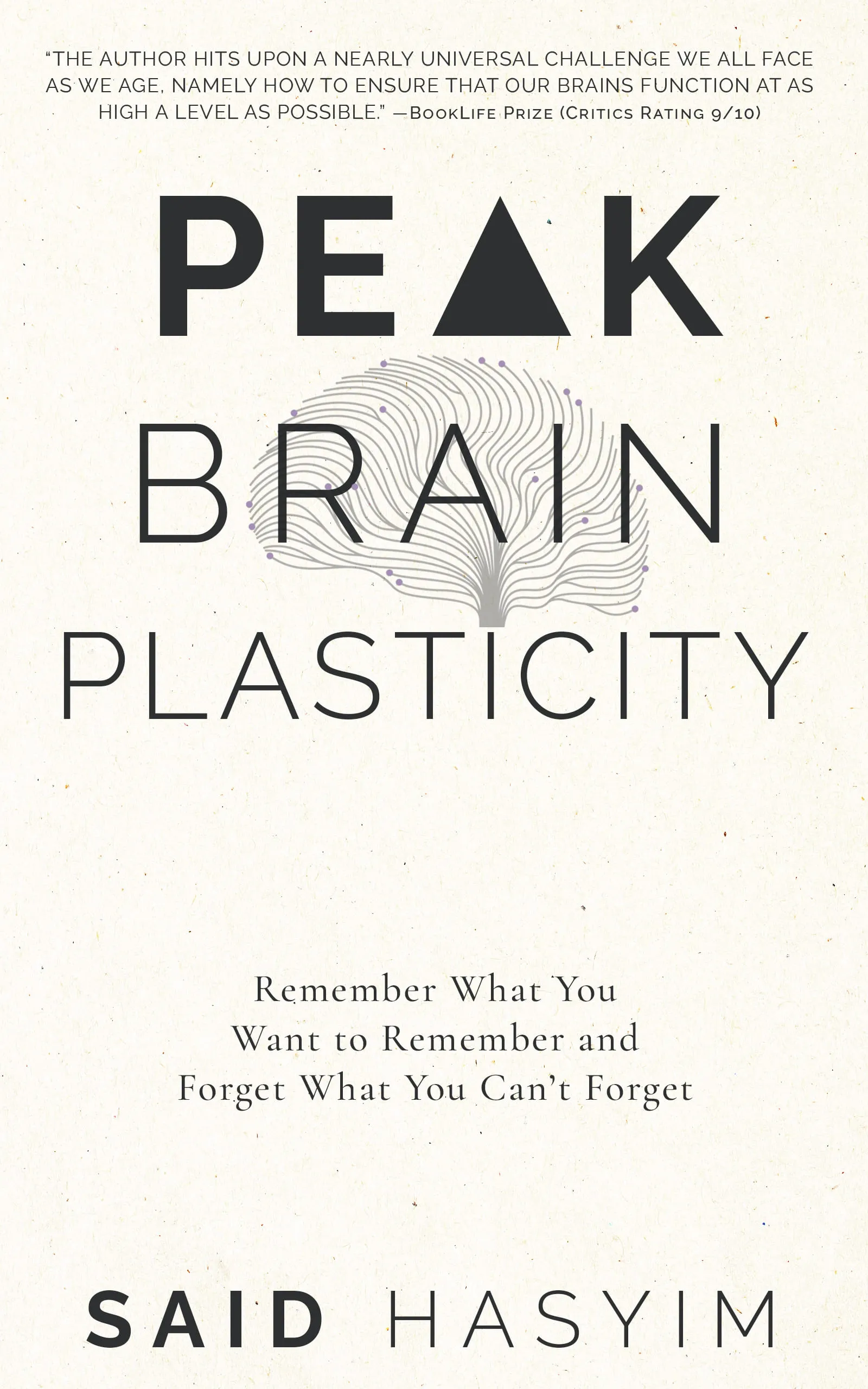Tips for Teaching Memory Techniques to Kids
Memory is a crucial skill that plays an essential role in learning and academic success. Teaching memory techniques to children can enhance their ability to retain information, improve concentration, and boost overall confidence. In this post, we will explore effective strategies for introducing memory techniques to kids, making it fun and engaging while providing a solid foundation for lifelong learning.
Understanding Memory Techniques
Memory techniques are strategies that aid in the encoding, storing, and retrieving of information. These techniques leverage patterns, associations, and mental imagery to make the information more memorable. Familiarizing children with these tools can empower them to tackle challenging subjects, excel in tests, and develop a love for learning.
1. Make It Fun and Engaging
When teaching memory techniques to kids, it's crucial to keep the process enjoyable. Here are a few ways to do so:
Use Games: Incorporate memory games such as card matching or memory board games. Games designed to improve memory, like "Simon Says" or "20 Questions," can illustrate memory techniques in a playful context.
Create Rhymes and Songs: Encourage kids to create rhymes, chants, or songs about the information they want to remember. The rhythm and melody will facilitate memory recall.
Incorporate Stories: Kids love storytelling. Turn facts or concepts into stories and encourage them to create their narratives around the information they want to learn.
2. Teach Visualization Techniques
Visualization is a powerful memory technique that can help children encode information more effectively. Here are several strategies to introduce this concept:
Memory Palaces: Teach kids the method of loci, where they visualize a familiar place (like their home) and associate different pieces of information with specific locations within that space.
Mind Mapping: Introduce mind maps, which are visual diagrams that represent information and its connections. Kids can create colorful maps with images and keywords to better remember concepts.
Use Imagery: Encourage kids to create mental images related to the subject matter. For example, visualizing a historical event or a scientific process can create mental associations that facilitate better recall.
3. Utilize Mnemonics
Mnemonics are memory aids that can help children remember complex information easily. Here’s how to incorporate them:
Acronyms and Acrostics: Teach kids to create acronyms (e.g., ROYGBIV for the colors of the rainbow) or acrostics (e.g., “Every Good Boy Deserves Fudge” for the lines of the treble clef) to memorize lists or sequences.
Chunking: Explain the concept of chunking, which involves breaking down large pieces of information into smaller, more manageable chunks. For instance, when memorizing a phone number, kids can remember it in groups of three or four digits.
Rhymes and Alliteration: Encourage children to create rhymes or use alliteration to remember specific facts. For example, “Thirty days hath September…” is a common rhyme for remembering the number of days in each month.
4. Foster Repetition and Practice
Repetition is key to strengthening memory. Encourage kids to practice these techniques regularly:
Daily Review: Set aside time each day for a quick review session using the memory techniques learned. This can be an enjoyable family activity where everyone shares what they’ve learned.
Flashcards: Create flashcards for vocabulary words, math facts, or historical dates. Encourage kids to test themselves with the flashcards regularly to reinforce learning.
Teach Others: Having children teach their peers or even their siblings what they've learned can solidify their understanding and memory of the subject.
5. Encourage a Positive Mindset
Developing a positive attitude towards memory and learning can significantly impact a child’s ability to retain information:
Celebrate Progress: Acknowledge and celebrate small victories in memory improvement. Positive reinforcement can motivate kids to continue developing their skills.
Be Patient: Remind children that mastering memory techniques takes time and practice. Encourage them to be patient with themselves, instilling a growth mindset.
Avoid Comparisons: Every child learns at their own pace. Avoid making comparisons between children, and focus on their individual progress and achievements.
6. Incorporate Technology Wisely
In today's digital age, technology can be a useful tool in teaching memory techniques:
Educational Apps: Look for apps designed to improve memory and cognitive skills. Many of these apps use games and interactive activities to engage kids and promote memory retention.
Online Resources: Utilize online videos and resources that explain memory techniques in a kid-friendly manner. Visual aids can enhance understanding and encourage practical application.
Conclusion
Teaching memory techniques to kids can be a rewarding and enriching experience. By making it fun, engaging, and relatable, you can empower children to take control of their learning process. The skills they develop through these techniques will not only enhance their academic performance but will also lay the foundation for lifelong learning.
Final Thoughts
As with any skill, consistent practice and encouragement can make all the difference. With patience and effort, you'll help the children in your life discover the joy of learning and the strength that comes from a well-trained memory. Happy teaching!
Harness the Power of Neuroplasticity
Discover Peak Brain Plasticity, a practical book to harnessing neuroplasticity. Enhance your memory, learn new languages quickly, and alleviate anxiety with effective study methods. Uncover daily habits that impact cognitive health and explore techniques for accelerated learning and memory retention. Unlock your brain's potential for growth and transformation.
